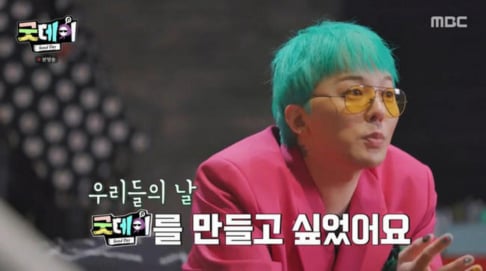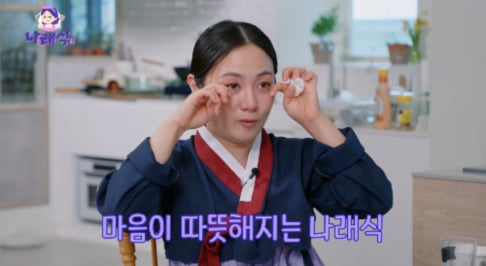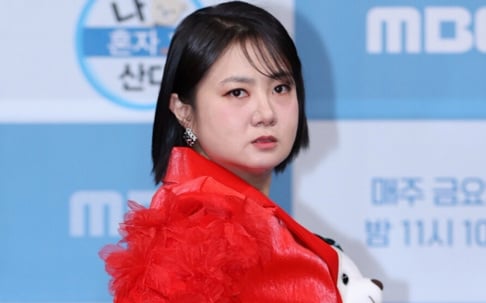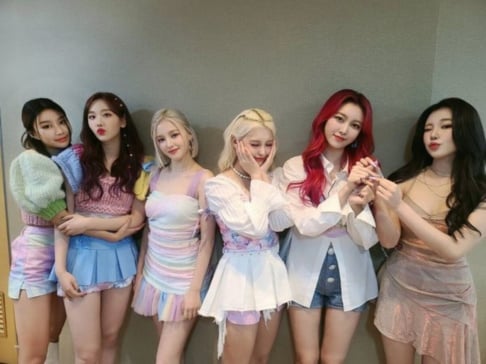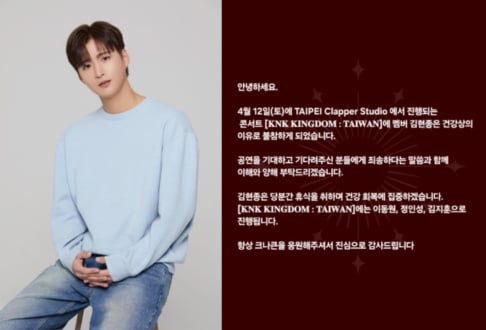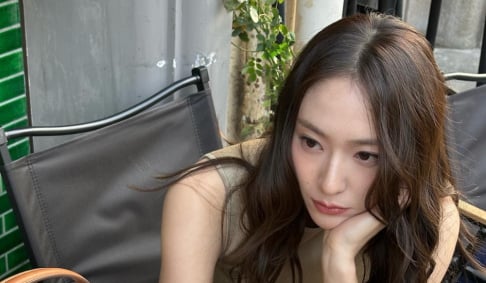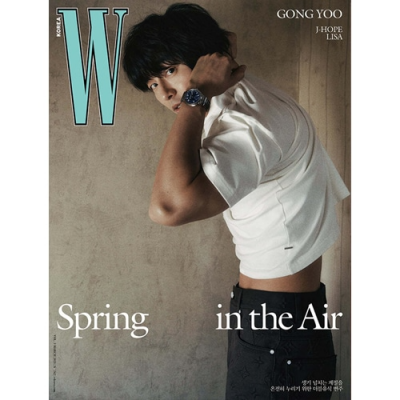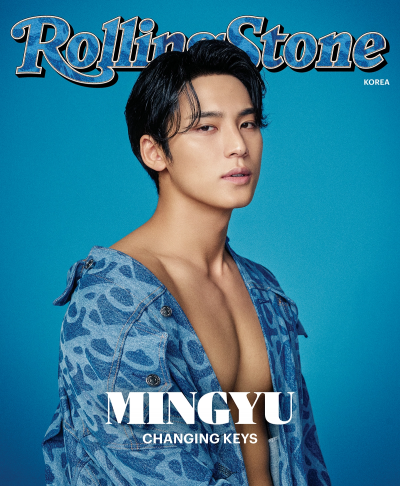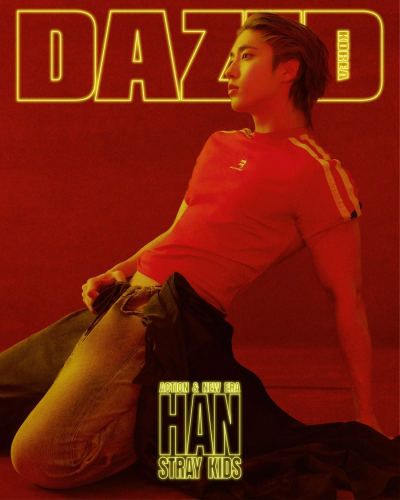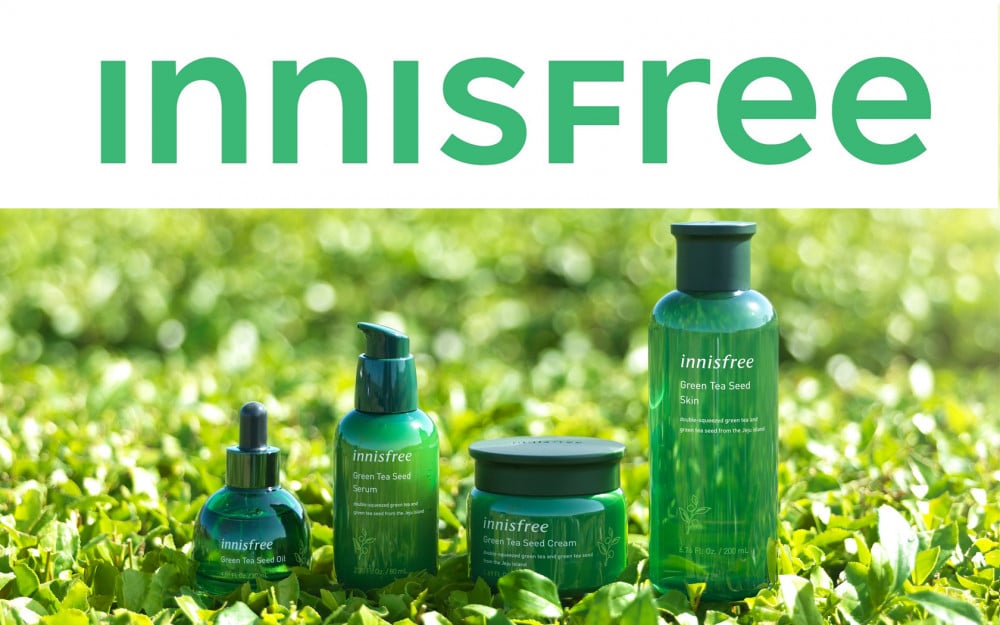
Innisfree, one of the first-generation cosmetics road shop brands in South Korea, continues to struggle with poor performance. It has been two years since the company attempted to turn things around through rebranding, but it has not seen positive results.
Although some first-generation road shop brands that once led the Korean cosmetics market during the K-beauty boom have shown signs of revitalization, Innisfree, a subsidiary of Amorepacific Group, remains in its slump.
Despite betting on a rebranding strategy to combat declining profitability, Innisfree has yet to find a breakthrough.
Last year, Innisfree recorded sales of 224.6 billion KRW (~157.5 million USD) and an operating profit of just 1.6 billion KRW (~1.12 million USD). Sales fell 17.97% compared to the previous year, and operating profit plunged by 84.15% YoY.
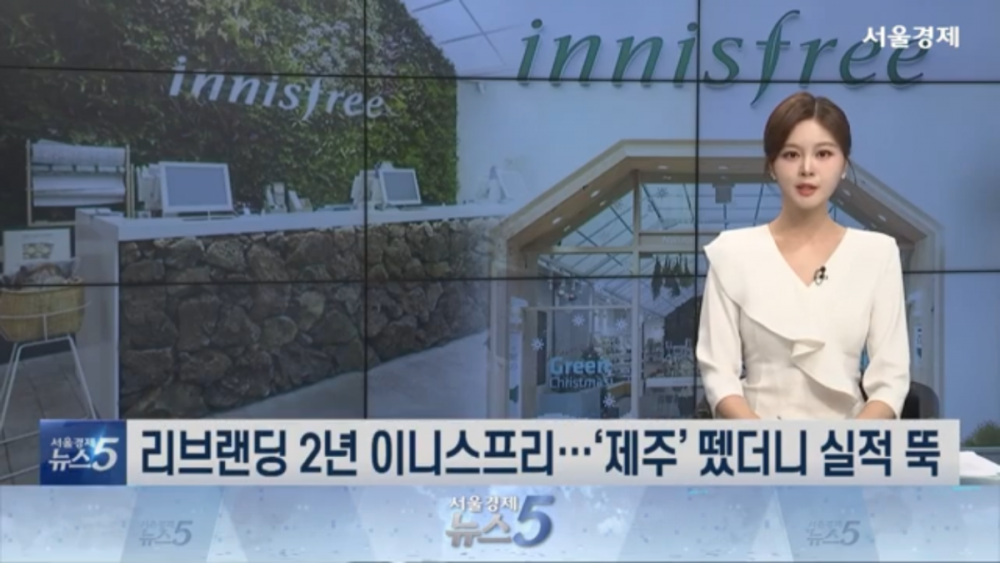

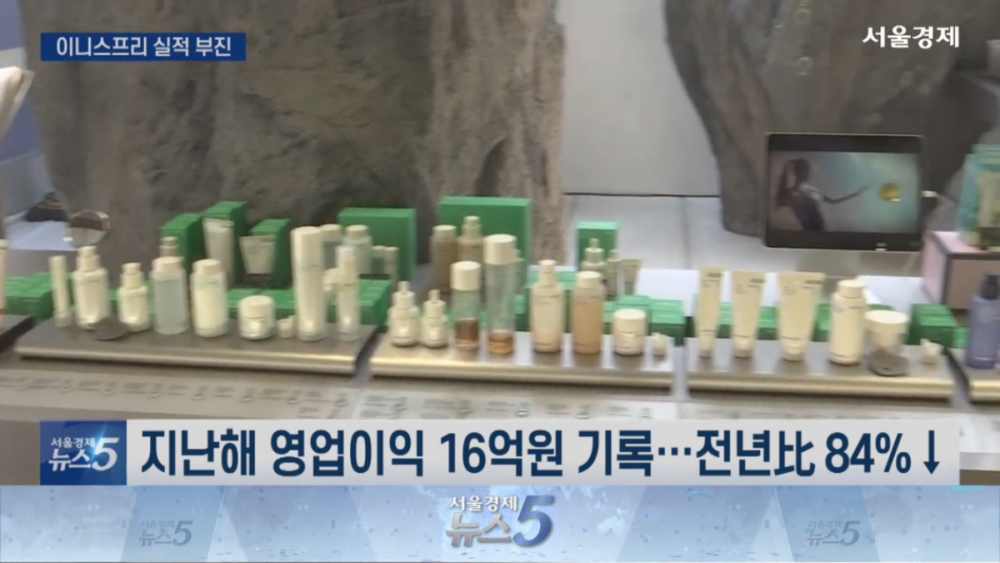
Innisfree’s decline began in 2020, with many citing the main reason for the brand’s failure to adapt to rapidly changing consumer trends in the post-COVID-19 era. In 2020, its operating profit dropped 89% year-on-year to 7 billion KRW (~4.9 million USD), and by the following year, it had swung to an operating loss of 1 billion KRW (~701,110 USD).
In 2023, to overcome its prolonged slump, Innisfree launched a major rebranding effort, shifting away from its long-held "Jeju" image to a new identity built around a fictional island called ‘THT NEW ISLE.’
However, industry observers say this move diluted the brand’s identity, once rooted in a naturalistic concept and Jeju-sourced ingredients, ultimately erasing its unique appeal.
Adding to the challenge, other Amorepacific brands like Laneige and COSRX have seen rapid global growth, further shrinking Innisfree’s standing within the group. Despite continued support from its parent company, industry insiders now liken Innisfree’s situation to "pouring water into a bottomless jar," suggesting the efforts are futile.
Innisfree once became the first single-brand cosmetics label to surpass 1 trillion KRW (~701 million USD) in combined domestic and overseas sales, earning its place as a flagship of K-beauty. Now, as the brand accelerates its push into overseas markets, all eyes are on whether it can recover from its current slump.
 SHARE
SHARE









